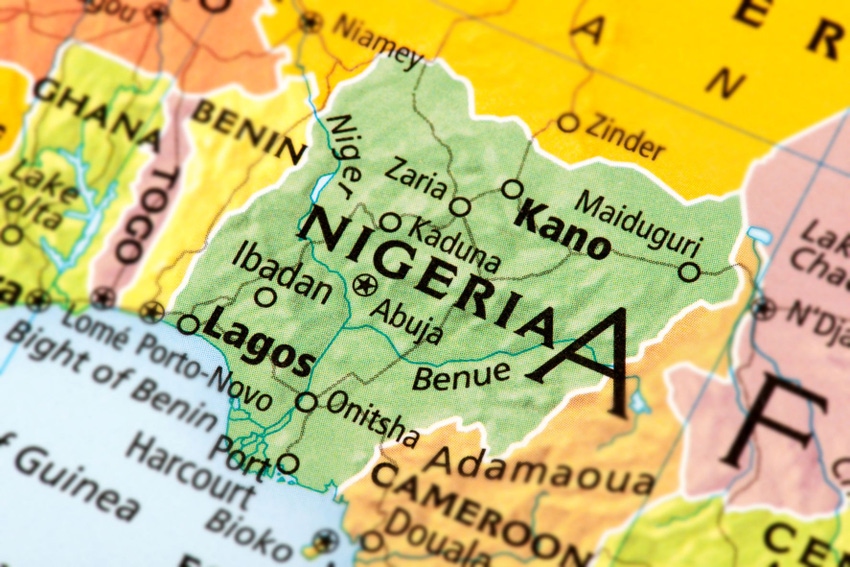USMEF, with support from USDA and Beef Checkoff, is laying the groundwork with importers, retailers and suppliers to expand U.S. red meat sales in the region.
August 1, 2022

Of the $5 billion of U.S. beef exported around the world through May of this year, only $8 million has been to Africa. But Africa is a very promising destination for beef variety meats, a low-cost protein that helps meet Africa's nutritional needs. There is also growing interest in higher-end beef cuts that draw interest from Africa's growing middle class.
Matt Copeland, U.S. Meat Export Federation representative in Africa, says that a growing population, an expanding need for affordable protein, an explosion in western-style retail outlets and some softening in regulatory barriers signal the region is a potential growth market for U.S. red meat. USMEF, with support from USDA and the Beef Checkoff Program, is laying the groundwork with importers, retailers and suppliers to expand U.S. red meat sales in the region.
"There is a huge volume of consumers, Nigeria's over 200 million people. By 2100 that's the largest country in the world by population potentially, and China going the other way in terms of their demographic hubs. It's such an important base for us to be looking into," Copeland says. "We're a short market for these variety meats, there's still a long way to go in terms of satisfying demand. I'd say we're probably 1,000 tons a month short, and we can accept more offers. And we're glad and willing to try and get more offers into that sub Saharan African sector of the market. Certainly critical, kidneys and then these other products, beef and beef head meats, beef tongue roots, as an example, used in manufacturing of hamburger patties in the country. It's a wonderful way of starting to introduce consumers to a slightly different flavor."
Copeland notes that a return to more normal shipping rates would open up more variety meat sales in Africa. At the same time, there is significant growth in more traditional grocery chains offering higher end cuts.
"European outlets like Carrefour or ShopRite, which is a pioneer from South Africa as a retail organization. They have over 2,500 commercially owned central head office controlled stores, and another 500, approximately, franchise stores. Companies like Massmart in South Africa, Walmart has a significant equity position in those businesses," Copeland says. "There is the genie coefficient, there's disparity in terms of earnings, the haves and have nots. You have to look after everyone in the market.
"So variety meats by volume has a massive part to play in making sure adequate nutrition is available and meets those needs of the broader base. But on the other hand, certainly over time, there are going to be opportunities for high end muscle cuts because they're in demand."
Source: U.S. Meat Export Federation, which is solely responsible for the information provided, and wholly owns the information. Informa Business Media and all its subsidiaries are not responsible for any of the content contained in this information asset.
About the Author(s)
You May Also Like



